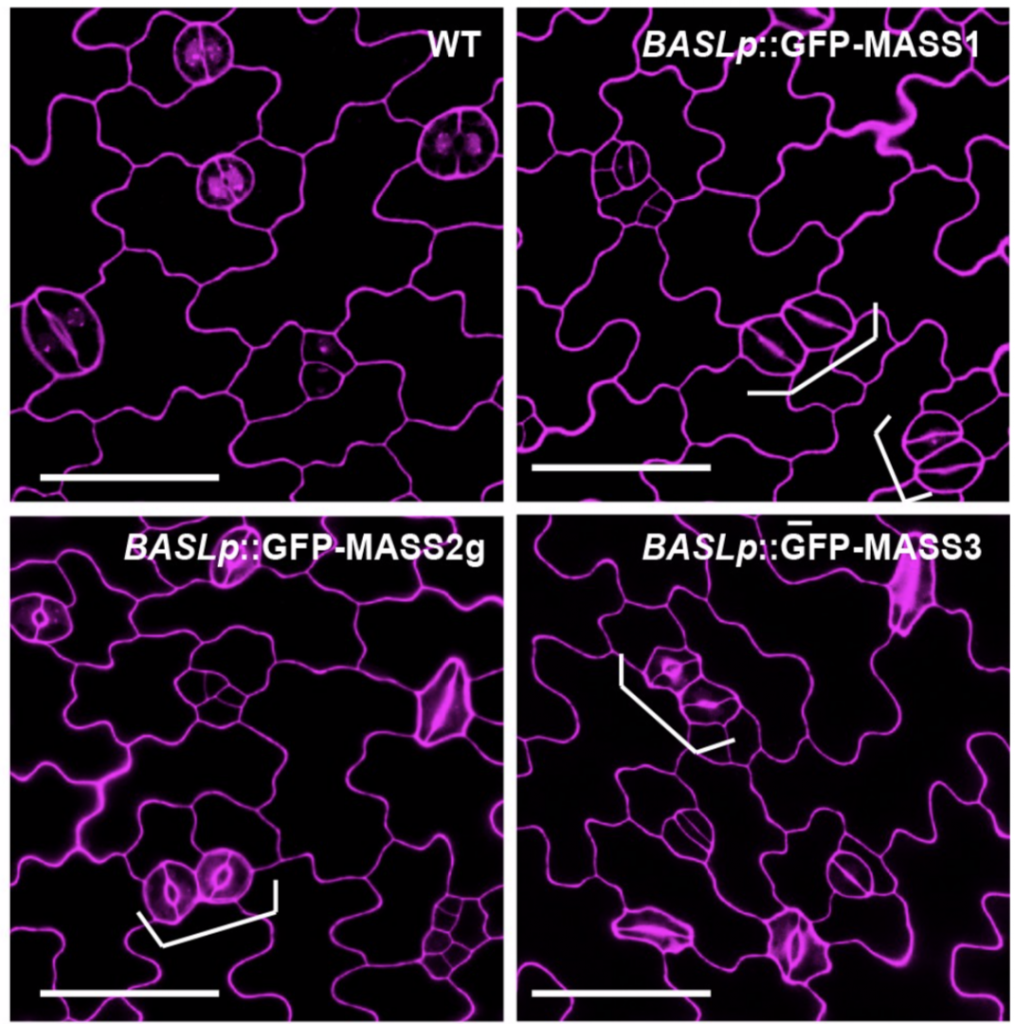
MASS proteins and stomatal development in Arabidopsis (PLOS Genetics)
Plant Science Research WeeklyStomata are the pores surrounded by a pair of guard cells on the plant epidermis that help in gaseous exchange. The number and spacing of stomata are regulated by a series of phosphorylation and de-phosphorylation events of key transcription factors through the mitogen-activated protein kinase (MAPK)…
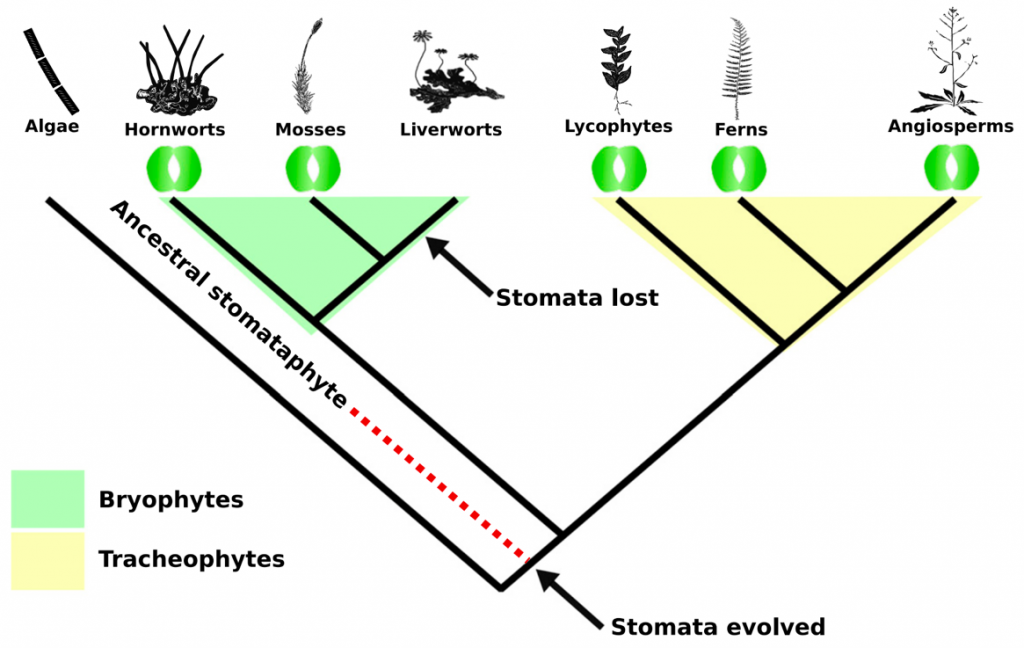
Phylogenomic evidence for reductive evolution of stomata (Curr. Biol.)
Plant Science Research WeeklyColonization of the terrestrial environment by land plants (embryophytes), a monophyletic clade that evolved from freshwater streptophyte algae, forever changed Earth by transforming biogeochemical cycles. The evolution of stomata was a key adaptation that allowed the colonization of terra firma. Present…
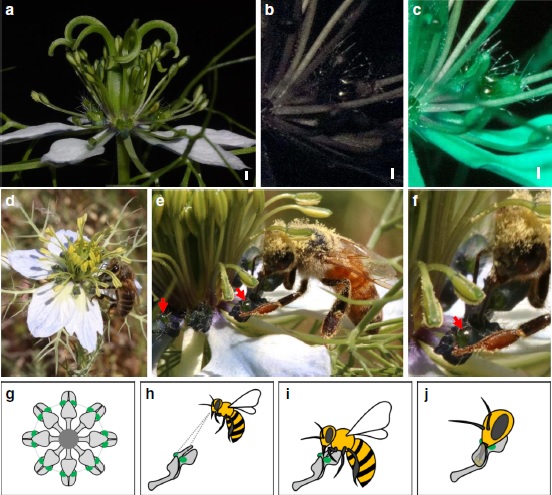
Morphology, molecular development and ecological function of pseudonectaries on Nigella damascena petals (Nature Comms)
Plant Science Research WeeklyPseudonectaries do not secrete nectar like nectaries. So, what are their ecological functions? Are there any morphological and anatomical differences between them and true nectaries? How do they develop and evolve? Liao et al. examined pseudonectaries of Nigella damascene to answer these questions. The…

Innovation, conservation, and repurposing of gene function in plant root cell type development (bioRxiv)
Plant Science Research WeeklyRoots have many specialized cells arranged in concentric circles that are functionally homologous among various plant species but with varying cell-type-specific developmental programs. To further understand these developmental programs, Kajala et al. performed TRAPseq (Translating Ribosome Affinity…

miRNA-mediated lateral inhibition controls rhizoid cell patterning in Marchantia polymorpha (Curr. Biol.)
Plant Science Research WeeklyIn multicellular organisms, the patterning of different cell types in spatial arrays is regulated through several mechanisms, one of which is lateral inhibition, a process well characterized in metazoans. In this process, an individual cell transmits signals to neighboring cells to instruct a different…
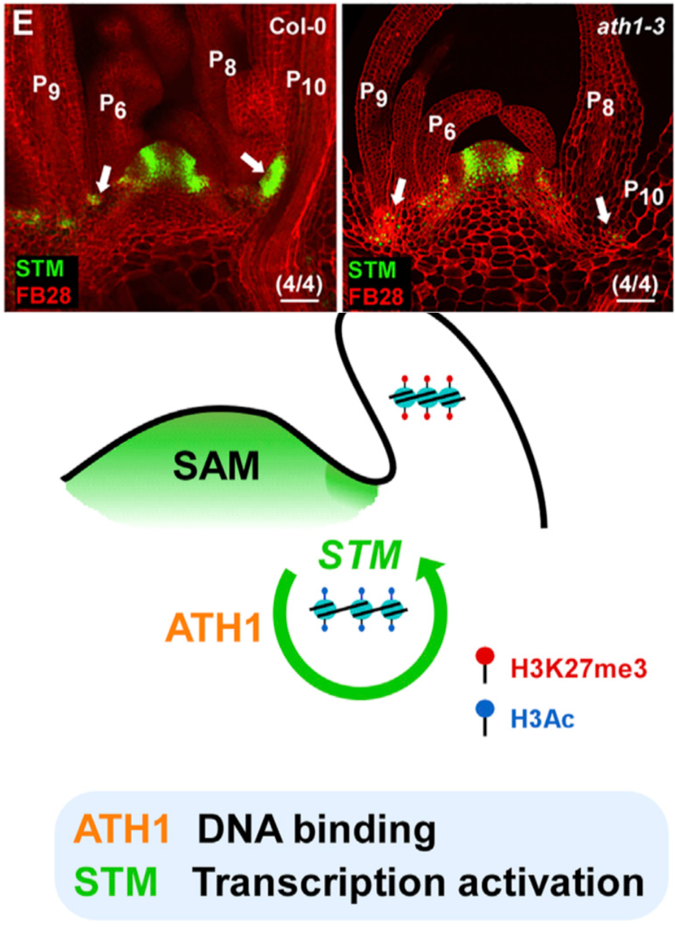
Self-activation loop of STM maintains the meristematic activity of cells at leaf axil (Curr. Biol.)
Plant Science Research WeeklyPlasticity in plant development comes from the meristematic cells that are maintained throughout plant growth and among other things produce lateral organs such as shoot branches. In this paper, Cao et al. show that the self-activation loop of SHOOT MERISTEMLESS (STM), a meristem marker gene that encodes…
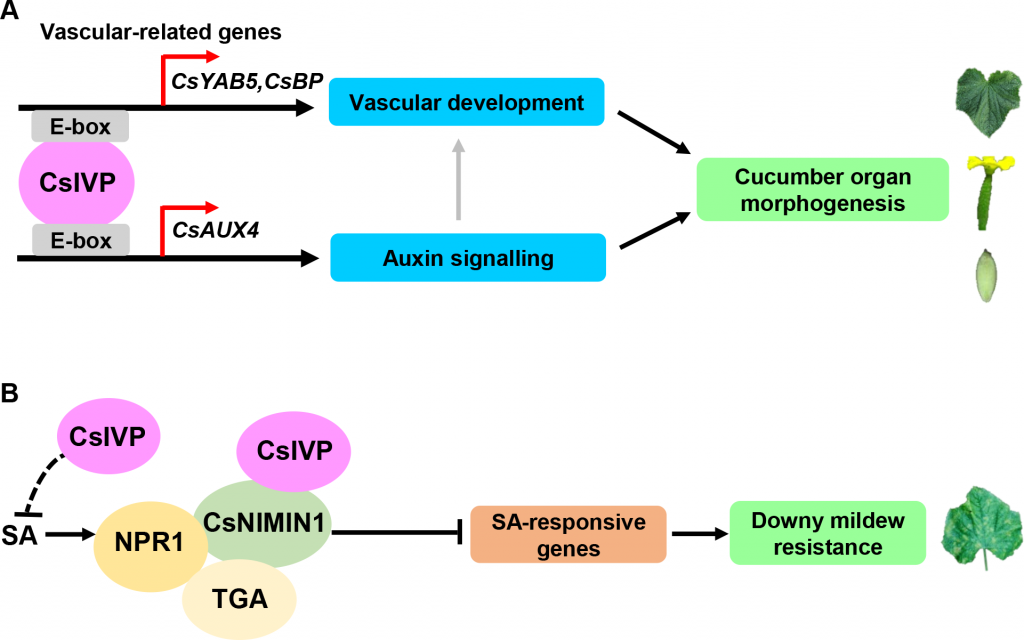
CsIVP functions in vasculature development and downy mildew resistance in cucumber (PLOS Biol)
Plant Science Research WeeklyHigh yielding crops are often less resistant to pathogens and vice versa, suggesting that there is an underlying mechanism co-regulating development and disease resistance in plants. Yan et al. identified a transcription factor in cucumber (CsIVP) that regulates vascular development and resistance to…
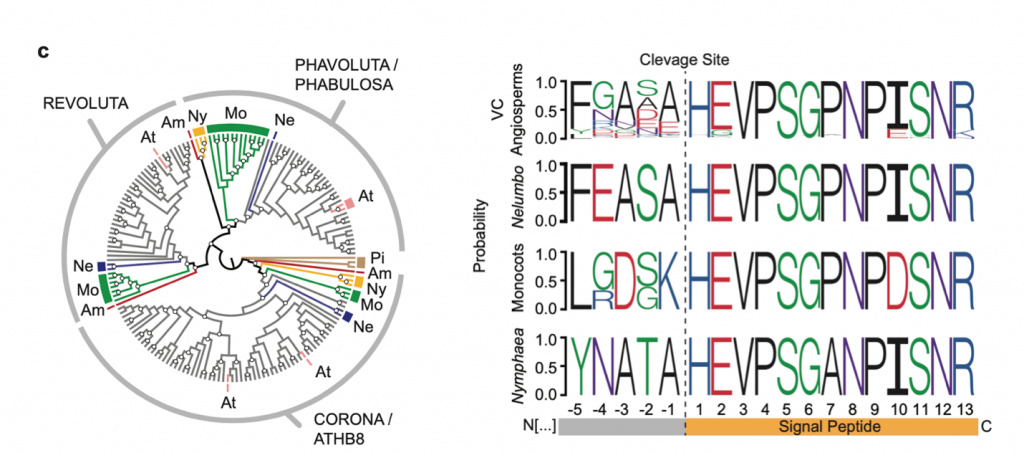
Water lily (Nymphaea thermarum) draft genome reveals variable genomic signatures of ancient cambium losses (bioRxiv)
Plant Science Research WeeklyThe vascular cambium, a meristematic tissue responsible for xylem and phloem production, is an ancestral trait in angiosperms, however, its loss has independently occurred in at least 5 flowering plant lineages. One of such is the Nymphaeales, which includes Nymphaea thermarum, an emergent model for…
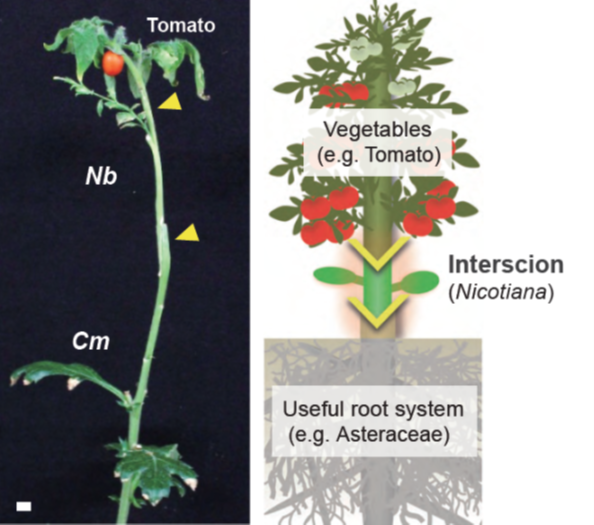
Unlocking interspecies grafting (bioRxiv)
Plant Science Research WeeklyPlant grafting is an agricultural technique that joins plant tissues (e.g., the shoot and root) to confer beneficial traits from one plant to another. Although interfamily grafting is difficult in general, Notaguchi et al. found that Nicotiana benthamiana (Nb) has a strong potential to graft with phylogenetically…

